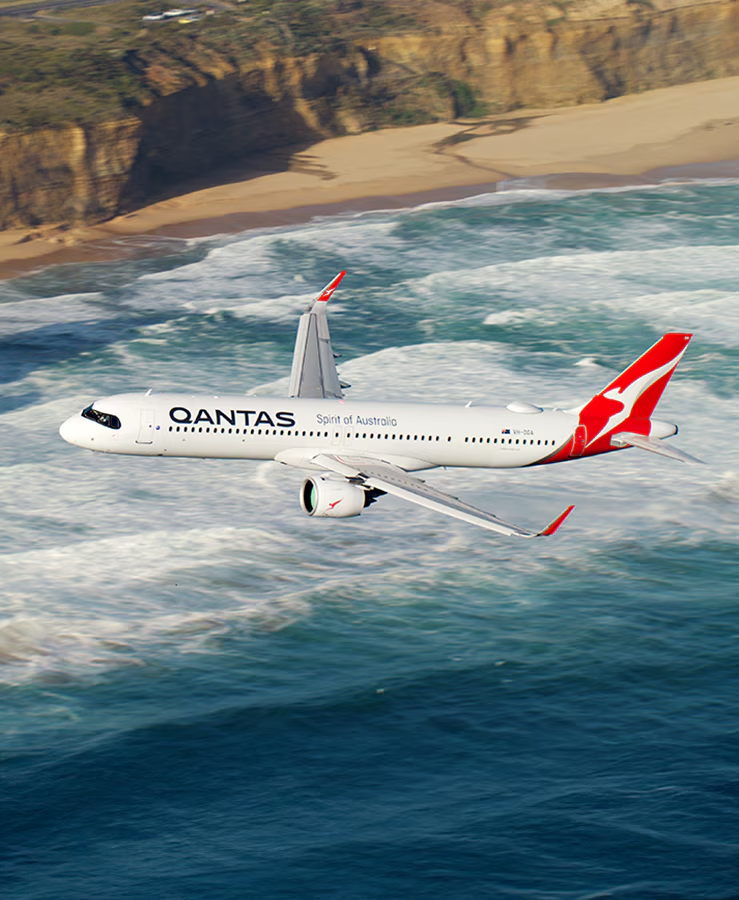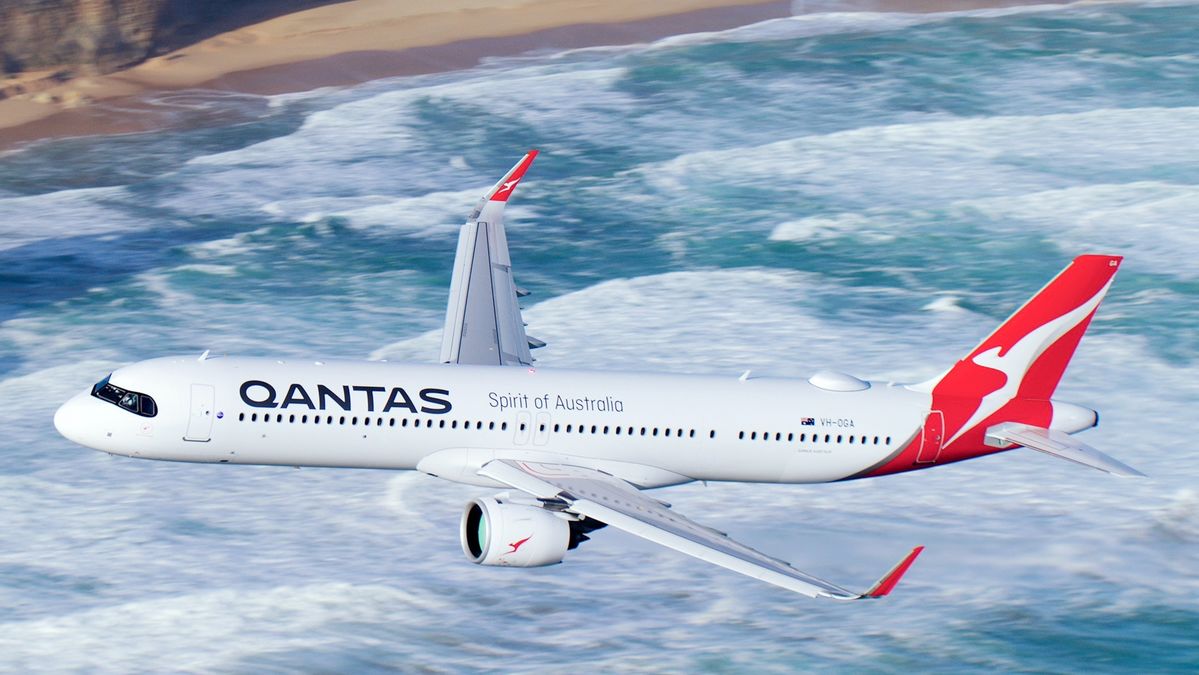On September 25, 2025, Qantas Airways marked a significant milestone in its fleet modernization efforts with the inaugural commercial flights of its first Airbus A321XLR aircraft. This event not only underscores Qantas’s commitment to enhancing passenger experience but also positions the airline at the forefront of sustainable aviation in the Asia-Pacific region.
A Technological Leap: The Airbus A321XLR
The Airbus A321XLR, registered as VH-OGA and named ‘Great Ocean Road,’ represents a significant advancement in narrow-body aircraft design. With a range of approximately 8,700 kilometers, the A321XLR extends the reach of traditional single-aisle jets, making it ideal for both domestic and short-haul international routes. This capability allows Qantas to optimize its network, offering more direct flights and reducing travel times for passengers.
The aircraft’s design incorporates several enhancements aimed at improving passenger comfort and operational efficiency. Notably, the A321XLR features wider economy seats, larger overhead bins with 60% more capacity than its predecessor, and quieter engines that contribute to a more pleasant in-flight experience. Additionally, the cabin is equipped with modern amenities, including USB-A and USB-C charging ports, and complimentary Wi-Fi services, ensuring that passengers remain connected throughout their journey.
Inaugural Flights: Connecting Australia’s Key Hubs
The first two A321XLR aircraft commenced service on high-demand routes between Sydney and Melbourne, and Sydney and Perth. These inaugural flights, operated by aircraft named ‘Great Ocean Road’ and ‘Outback Way,’ symbolize Qantas’s strategic approach to enhancing its domestic network. By deploying the A321XLR on these routes, Qantas aims to offer passengers a more comfortable and efficient travel experience, while also setting the stage for future international expansions.
Qantas CEO Vanessa Hudson expressed enthusiasm about the aircraft’s potential, highlighting that the A321XLR’s extended range opens up new possibilities for the airline’s network. The airline plans to gradually replace its aging Boeing 737-800 fleet with the A321XLR, with expectations to have 15–20 units in service by 2027. This transition is part of Qantas’s broader $15 billion fleet renewal strategy, which includes the acquisition of 48 A321XLR aircraft, 12 of which will be allocated to its low-cost subsidiary, Jetstar.

Enhancing Passenger Experience
The introduction of the A321XLR is poised to elevate the passenger experience across Qantas’s domestic and regional networks. The aircraft’s cabin design emphasizes comfort, with wider seats and improved storage options, addressing common concerns among travelers. While the current configuration includes two restrooms for economy class passengers—a ratio that has drawn some criticism, Qantas has committed to retrofitting the first three aircraft with additional facilities in the near future to better accommodate passenger needs.
In-flight entertainment is provided via the Qantas app, allowing passengers to access a wide range of content on their personal devices. This approach not only enhances the entertainment options available but also aligns with the airline’s sustainability goals by reducing the need for seat-back screens and associated electronic waste.
Strategic Implications for Qantas
The deployment of the A321XLR aligns with Qantas’s strategic objectives to modernize its fleet and expand its network offerings. The aircraft’s enhanced range and efficiency enable Qantas to explore new routes and increase frequency on existing services, thereby improving connectivity for passengers. Moreover, the A321XLR’s fuel efficiency and reduced emissions contribute to Qantas’s commitment to sustainability and environmental responsibility.
Looking ahead, Qantas plans to introduce lie-flat business class seats on future A321XLR deliveries, enhancing the aircraft’s suitability for longer regional and international flights. These upgrades are expected to further elevate the premium travel experience and attract business travelers seeking comfort and convenience.
Conclusion
The launch of the Airbus A321XLR marks a transformative moment for Qantas, signaling the airline’s dedication to innovation, passenger satisfaction, and sustainability. As Qantas continues to integrate this advanced aircraft into its fleet, passengers can anticipate a new standard of travel that combines modern technology with exceptional service. The A321XLR not only enhances Qantas’s operational capabilities but also reaffirms its position as a leader in the aviation industry.


